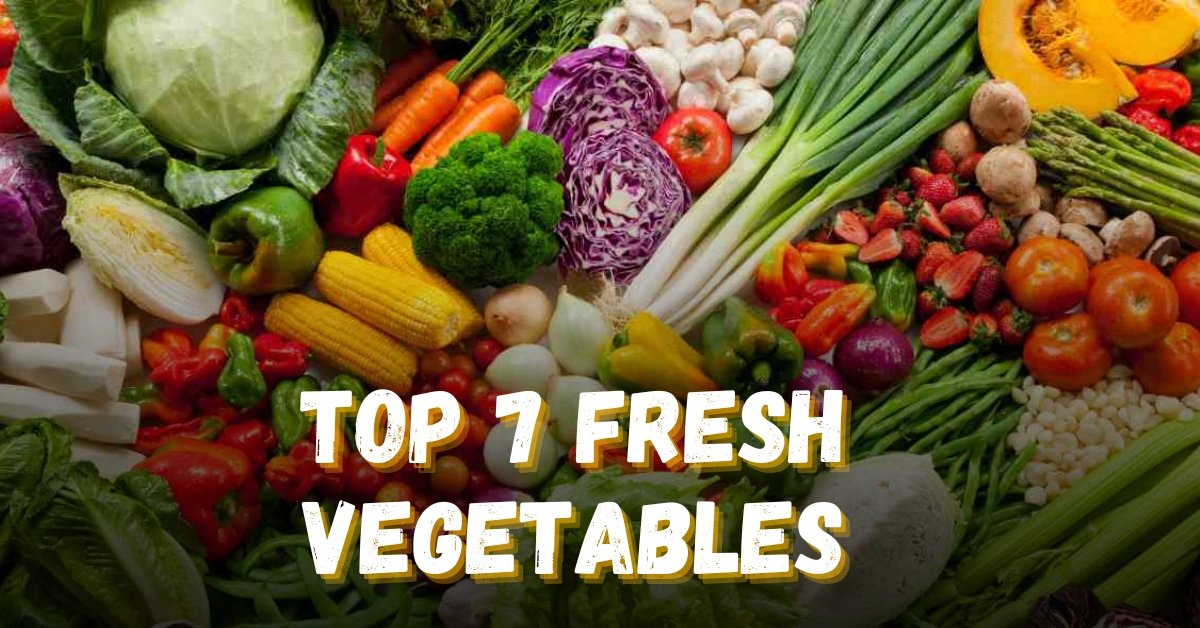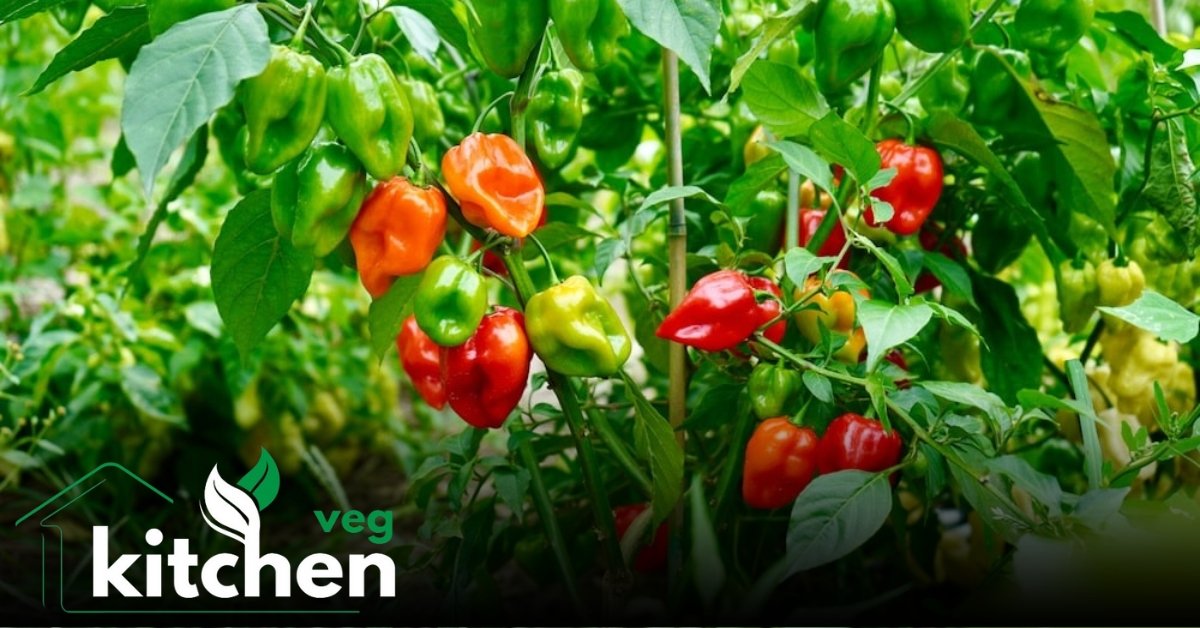Growing your fresh vegetables at home can be a rewarding and delicious experience! Here’s a beginner’s guide to get you started:
1. Planning and Preparation:
- Choose Your Vegetables:
- Start with easy-to-grow vegetables like:
- Leafy greens (lettuce, spinach, kale)
- Radishes
- Carrots
- Bush beans
- Tomatoes (determinate varieties are more compact)
- Peppers
- Herbs (basil, mint, parsley)
- Consider your climate and the growing season.
- Start with easy-to-grow vegetables like:
- Location, Location, Location:
- Most vegetables need at least 6-8 hours of direct sunlight per day.
- Choose a spot that’s easily accessible for watering and weeding.
- If you’re using containers, ensure they have drainage holes.
- Soil Preparation:
- Use high-quality potting mix for containers or amend your garden soil with compost.
- Well-draining soil is crucial to prevent root rot.
- Test your soil’s pH levels. Many vegetables prefer a pH between 6.0 and 7.0.
- Container or Garden Bed:
- Containers: Choose containers large enough for the mature size of your plants.
- Garden beds: Prepare the soil by removing weeds and loosening it with a garden fork or tiller.
2. Planting:
- Seeds or Seedlings:
- Seeds: Follow the instructions on the seed packet for planting depth and spacing.
- Seedlings: Purchase healthy seedlings from a local nursery.
- Check your local hardiness zone, and the last frost date for your location, to determine when to plant outdoors.
- Planting Depth and Spacing:
- Follow the recommended spacing for each vegetable to allow for proper growth.
- Crowding plants can lead to disease and reduced yield.
- Watering:
- Water deeply and regularly, especially during hot, dry weather.
- Avoid overwatering, which can lead to root rot.
- Water at the base of the plant, rather than overhead, to minimize disease.
3. Maintenance:
- Weeding:
- Remove weeds regularly to prevent them from competing with your vegetables for water and nutrients.
- Mulching can help suppress weeds and retain moisture.
- Fertilizing:
- Use a balanced fertilizer to provide essential nutrients.
- Follow the instructions on the fertilizer label.
- Compost tea and other organic fertilizers are excellent options.
- Pest and Disease Control:
- Inspect your plants regularly for pests and diseases.
- Use organic pest control methods whenever possible.
- Companion planting can help deter pests.
- Support:
- Provide support for climbing or vining vegetables like tomatoes and cucumbers.
- Use stakes, trellises, or cages.
4. Harvesting:
- Harvest at the Right Time:
- Harvest vegetables when they are ripe and at their peak flavour.
- Check seed packets or online resources for harvesting tips.
- Frequent harvesting encourages continued production.
- Proper Harvesting Techniques:
- Use clean shears or knives to avoid damaging plants.
- Handle delicate produce with care.
Tips for Success:
- Start Small: Begin with a few easy-to-grow vegetables and expand your garden as you gain experience.
- Learn from Others: Join a local gardening club or online forum to connect with other gardeners.
- Keep a Gardening Journal: Record your planting dates, watering schedule, and other observations.
- Don’t Be Afraid to Experiment: Try different varieties of vegetables and see what grows best in your garden.
- Mulch: Mulching with straw, wood chips, or compost helps retain moisture, suppress weeds, and regulate soil temperature.
- Rotate Crops: Rotating your crops each season helps prevent soil-borne diseases and pests.
- Water Consistently: Consistent watering is key, especially during the seedling stage and during fruiting.
By following these tips, you’ll be well on your way to enjoying fresh, homegrown vegetables!




